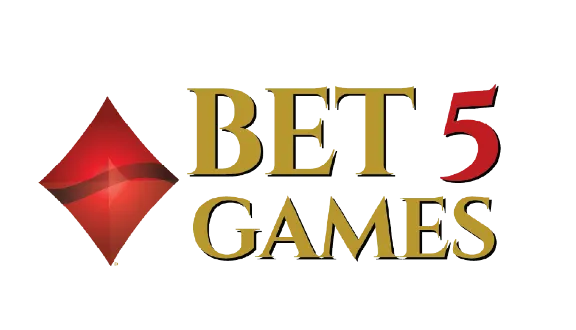Bankroll Management is the most critical skill for any gambler, referring to the practice of managing the total amount of money you are willing to risk. This involves setting strict win goals, loss limits, and session budgets before you even start playing. Proper bankroll management ensures you play responsibly, protect your funds from significant losses, and stay in the game longer. It is the foundation upon which all other betting strategies are built and is the key to long-term enjoyment.
Why is Bankroll Management So Important?
Many players focus entirely on what bets to make, overlooking the far more important skill of managing the money used to make those bets. A disciplined bankroll management strategy is what separates successful, long-term players from those who quickly burn through their funds.
It Protects You from “Risk of Ruin”
“Risk of Ruin” is a statistical term for the probability of losing your entire bankroll. Baccarat, like any casino game, has natural swings of wins and losses (variance). Without proper management, a single unlucky streak can wipe you out. A good strategy minimizes this risk.
It Removes Emotion from Betting
The biggest enemy of any gambler is emotion. Chasing losses when you’re down or getting greedy when you’re ahead are the fastest ways to lose money. A pre-defined bankroll plan provides a logical framework that dictates your actions, removing impulsive, emotion-driven decisions.
Step 1: Defining Your Total Baccarat Bankroll
The very first step is to establish your overall bankroll. This is an amount of money set aside purely for the purpose of playing Baccarat over a specific period (e.g., a month, a quarter, or a year).
The most important rule: this must be disposable income. It should be money that you can afford to lose without it affecting your daily life, bills, or savings. Never gamble with money you cannot afford to lose. Once you have this total amount, you can break it down into smaller, manageable chunks.
Step 2: Setting Your Session Budget
You should never take your entire bankroll to the table for a single session. Instead, divide it into multiple session budgets. A common and safe approach is to use 5% of your total bankroll as your budget for one playing session.
Example: If your total monthly bankroll is $1,000, your budget for a single session of Baccarat should be no more than $50 (
$1000 * 0.05).
This ensures that even if you have a terrible session and lose your entire budget, you still have 95% of your total bankroll intact for future sessions.
Step 3: Determining Your Betting Unit Size
Once you have your session budget, you need to decide on your standard bet size, often called a “unit.” A disciplined approach is to make your standard unit between 1% and 2% of your session budget.
Example: With your $50 session budget, a standard betting unit would be between $0.50 (
$50 * 0.01) and $1.00 ($50 * 0.02).
This “unit” becomes your baseline for all bets. Betting in small, consistent units prevents you from losing your entire session budget in just a few hands and allows you to withstand the game’s natural variance.
Step 4: The Golden Rules – Setting Stop-Loss and Win Goals
These two rules are your entry and exit strategy for every session. You must define them before you place your first bet and have the discipline to honor them.
The Stop-Loss Limit
A stop-loss limit is the predetermined point at which you walk away from a losing session. The simplest and most effective stop-loss is your session budget itself.
The Rule: If you lose your entire session budget, the session is over. Period. Do not reach for more money. Do not try to “win it back.” You accept the loss and try again another day with a new session budget.
The Win Goal (Profit Target)
Just as important as knowing when to quit when you’re losing is knowing when to quit when you’re winning. A win goal is a realistic profit target that, once reached, signals the end of your session. A good target is typically between 30% and 50% of your session budget.
The Rule: With a $50 session budget, a 40% win goal would be $20 in profit. If your chip stack reaches $70, you should stand up, cash out your winnings, and enjoy your success.
Putting It All Together: A Practical Example
Let’s see how a player named Alex applies this:
Total Bankroll: Alex sets a monthly Baccarat bankroll of $500.
Session Budget: He decides to play tonight, so his session budget is 5% of $500, which is $25.
Unit Size: He chooses a 2% unit size, so his standard bet is $0.50.
Limits:
Stop-Loss: $25. If his bankroll hits zero, he’s done.
Win Goal: He sets a 40% target, which is $10 in profit. If his stack reaches $35, he will walk away.
With this clear plan, Alex can enjoy his game knowing his finances are protected regardless of the outcome.
Conclusion: The Discipline to Play Smart
Bankroll management is not a magical system that guarantees you will win at Baccarat. The house edge ensures that the casino always has the long-term advantage. Instead, bankroll management is a discipline system for managing yourself. It provides the structure needed to play intelligently, protect your capital, and maximize your enjoyment of the game. It is the single most important skill that gives you the power to control your own destiny at the table.
